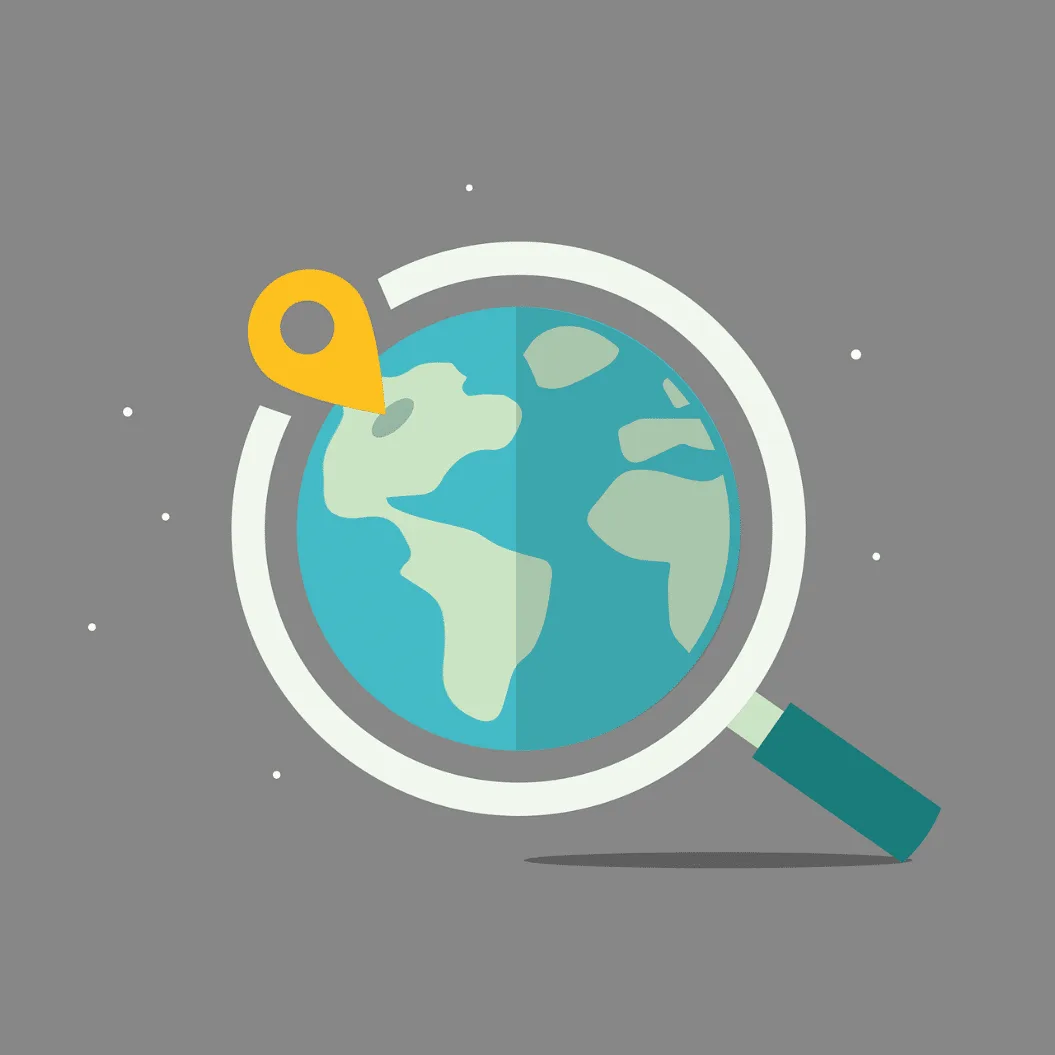In today’s world of big data, data analytics is becoming a more powerful tool. Business analytics, geospatial analytics, and behavioral analytics are just a few examples of analytics. The list is much longer than those few examples.
You’re disappointing yourself and your organization if the majority of your data is going unused, or even worse if you’re not using analytics at all. On all sides of your business, a lack of analytics can hurt you in the wallet.

You’re probably losing out on sales and leads. Furthermore, you will be unable to optimize your procedures, resulting in additional, unnecessary expenses. Below are the steps to help you adopt geospatial data no matter where you are in the process of evaluating your location data. You can gain fresh insights and alter your business by combining location data with your business data.
1. Analyze the Impact of Severe Weather Events with Ease
Even the most well-prepared businesses can be wiped out by a big natural disaster. You can drastically reduce the impact of severe weather and natural disasters by using geospatial analytics. You won’t be able to entirely avoid the danger. When a natural disaster comes, though, if your analysis is done correctly, you’ll be able to continue operations mostly unaffected.
There are numerous strategies to decrease the impact of natural disasters using geospatial analytics.
- Expand asset and inventory storage so that if one group is destroyed, the others can still be used.
- Optimize travel and shipment routes to avoid locations where severe weather is a serious concern.
- Property, assets, and inventory that are under imminent threat of severe weather should be secured or transferred.
- Insurance coverage should be tailored to your needs. Don’t overpay for coverage that your neighborhood doesn’t require.
2. Optimize Your Sales and Marketing
Geospatial analytics has a lot of potential to help you improve your marketing and sales. Segment your target market and group your clients into groups with similar but distinct characteristics. You’ll be able to market certain messages to demographically targeted groups.
- Gender
- Age
- Race
- Income Level
- Education Level
- Employment
- Homeownership
3. Engaging insights
Geospatial big data analytics organizes data visually by time and space, rather than the unending rows and columns of a conventional spreadsheet. This method makes it easier for the human brain to assimilate information.
It’s easier to comprehend how events are happening and how to react to them when data is presented in the context of a visual map.
4. Efficiency and decision making
The potential to represent business assets on maps is crucial to enhancing efficiency and decision-making in many asset-intensive businesses, such as energy, transportation, and administration.
It can assist businesses in streamlining the processing of both enterprise and geographical data to improve location awareness across all business activities. Businesses can keep track of when devices enter, leave, or stay in specific areas.
5. Enhance situational awareness and safety
It’s a nightmare scenario when you get to work one morning, you discover that your servers, which hold all of your data, have been hacked. You have no idea where it’s coming from, how broad it is, or what’s been hacked already.
Geospatial analytics will not be able to prevent such an assault. They will, however, allow you to respond in such a way that the impact on your organization is minimal. Once you’ve identified the assault’s geographic scope, simply blacklist or block the areas from which the attack emanates.



